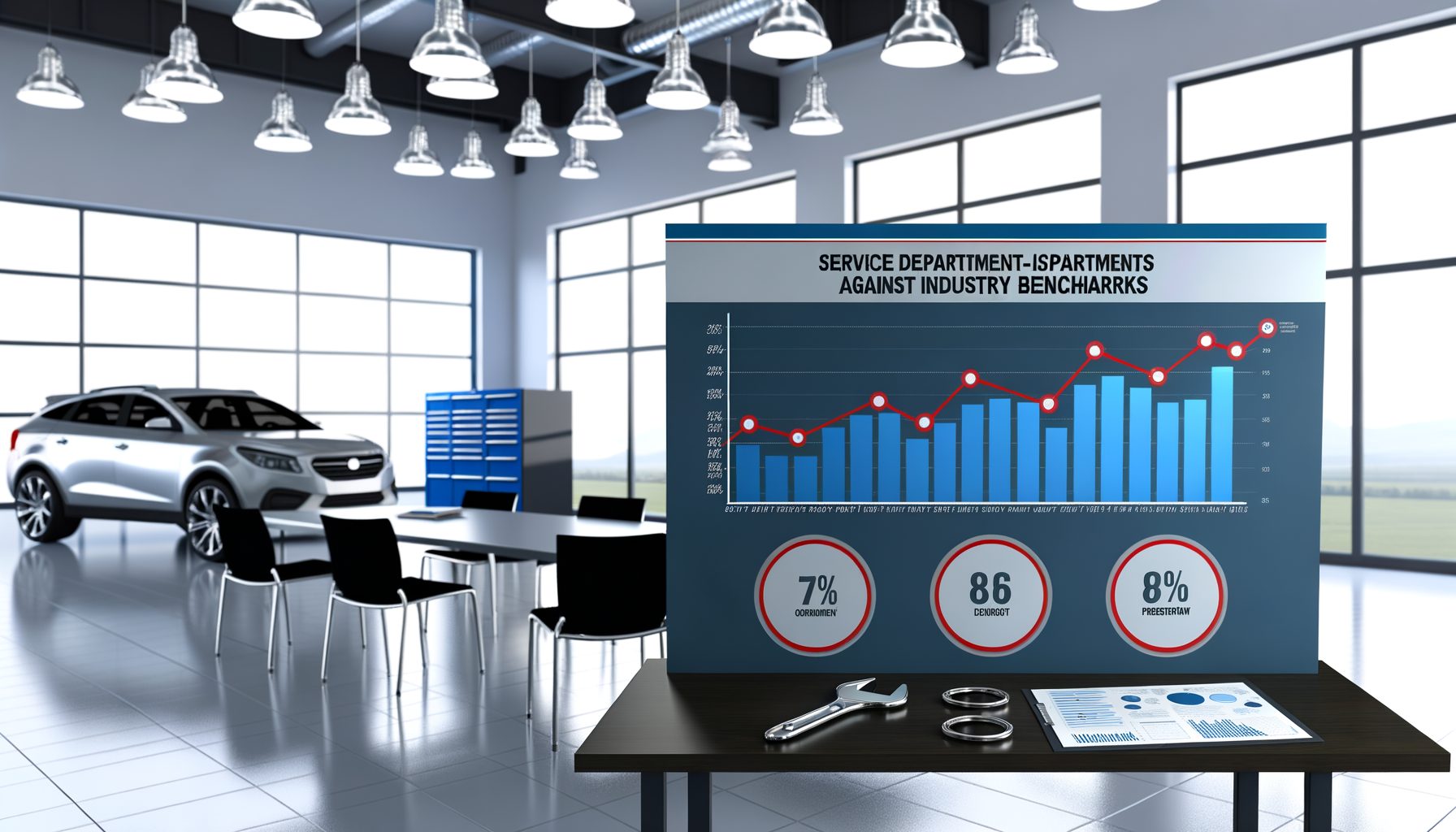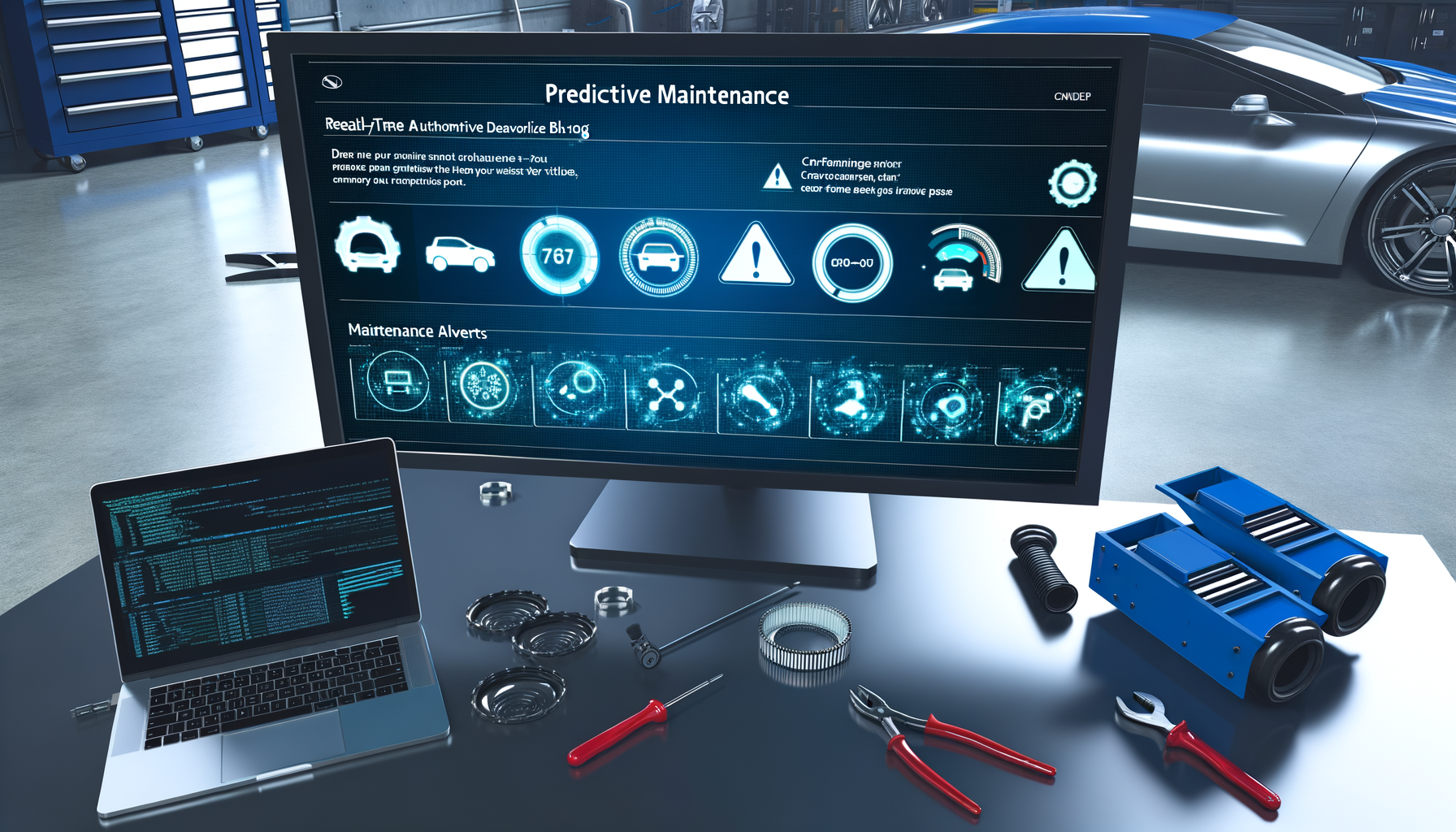Data-Driven Dynamos: Transforming Service Departments with Cutting-Edge Analytics

Why Service Department Analytics Matter in 2025

Service departments are the backbone of a dealership's profitability, yet many struggle with inefficiencies and underutilized potential. Analytics provide a clear lens into operations, revealing insights that drive smarter decisions and strategic growth.
In 2025, the landscape is shaped by increased complexity from EV repairs, OEM mandates for specialized training, and a shift toward digital-first customer experiences. A 15% rise in EV-related service demands underscores the need for precise data-driven strategies.
Implementing robust analytics systems transforms raw data into actionable intelligence. For instance, dealerships that integrated predictive maintenance solutions reported a 20% reduction in unscheduled repairs, driving higher customer satisfaction and retention.
Key Metrics for Benchmarking Success

To effectively leverage analytics, it's crucial to track the right KPIs. These include service absorption rates, technician productivity, and customer retention metrics. Service absorption rates, for example, should ideally exceed 100%, meaning the service department covers all dealership operating expenses.
Real-world example: A Midwest dealership improved technician efficiency by 25% by focusing on repair time and comeback rates, using analytics to pinpoint training needs.
Begin by establishing a baseline for each KPI, then set incremental targets. Regularly review performance data to identify trends and make continuous adjustments.
Implementing Predictive Maintenance Analytics

Predictive maintenance is a game-changer for reducing downtime and enhancing customer loyalty. By analyzing vehicle data, dealerships can anticipate service needs before breakdowns occur.
Case study: A leading West Coast dealer utilized predictive analytics to reduce emergency repairs by 30%, resulting in a 12% boost in customer satisfaction scores.
To get started, integrate vehicle telematics with your CRM and ERP systems. Use historical repair data to build predictive models that identify potential issues.
Overcoming Common Analytics Challenges

Despite the clear advantages, many dealerships face hurdles in fully implementing analytics solutions. Common challenges include data silos, lack of skilled personnel, and integration complexities.
To overcome these, dealerships should invest in staff training, foster a data-driven culture, and choose scalable analytics platforms that facilitate seamless data integration.
For example, implementing a centralized data hub helped one dealership streamline operations and improve data accuracy by 40%.
Tools and Technologies Revolutionizing Analytics

The explosion of new technologies has made it easier than ever to harness the power of analytics. Cloud-based solutions, AI algorithms, and IoT devices are at the forefront of this revolution.
Leveraging platforms like Auto Pro Solutions can optimize data collection and analysis, providing real-time insights and actionable reports.
Choose tools that offer intuitive interfaces, robust security features, and integration capabilities with existing systems to ensure a smooth transition.
Best Practices for Maximizing ROI

Achieving maximum return on investment from analytics requires a strategic approach. Start by aligning your analytics goals with overall business objectives to ensure a cohesive strategy.
Identify quick wins by focusing on areas with immediate impact, such as reducing service cycle times and improving inventory management.
Example: By fine-tuning parts inventory analytics, a dealership was able to decrease carrying costs by 18%, freeing up cash flow for other investments.
Related Topics
Ready to take your service department to the next level?
Schedule your demo today and experience the power of Auto Pro Solutions.
Schedule Demo